How to Catch Smallmouth Bass
Pound for pound, many anglers believe the smallmouth bass is the strongest fish swimming in America. Compared to its cousins the largemouth and spotted bass, they also prefer colder water. So what is not to love about smallmouth bass in early spring? Today we’re talking all about how to catch smallmouth bass.
To increase your odds of battling a mean bronzeback this spring, follow these suggestions by a smallmouth guru. Chris Noffsinger of Northern Adventures Fishing hails from the smallmouth rich lakes of Traverse City, Michigan. He is hired over 120 times per year to pursue the bronzebacks and today he’s going to share how to catch smallmouth bass. With enthusiasm he says, “We get on the smallmouth as soon as the ice comes off the lakes.”
“Smallmouth do not care how cold the water is,” he insists. However, finding them can take some work. “On some lakes, they winter in the same places every year. This means once you figure out these spots, they’re dependable year after year.” He adds that popular ice fishing spots can be productive areas to begin your search, but often they are too shallow to be consistent. On lakes that this not the case, Noffsinger insists spending a great deal of time idling around the lake studying electronics is essential.
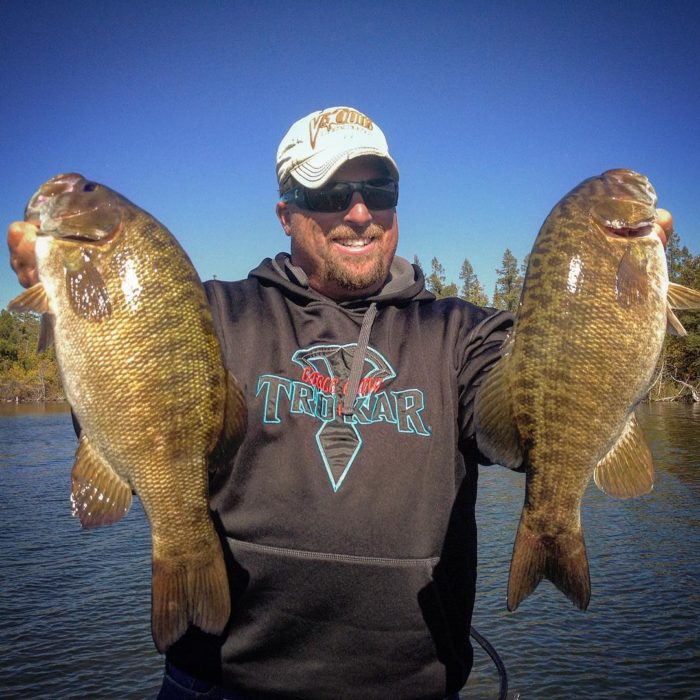
How to catch smallmouth bass
“If you are not sure where to start, study a map,” Noffsinger suggests. “Find the likely areas where smallmouth will spawn and begin on the first hard edge in front of it.”
Smallmouth bass prefer to make their spawning beds on hard bottoms such as gravel and rock. But they will also spawn around reeds and wood, so don’t limit yourself to only certain areas.
Depth is relative to each body of water, and Noffsinger is not afraid to begin his search out to 60 feet deep. “In front of the spawning areas, I am going to scan the breaklines, going left and right, along secondary flats with my electronics.” This may take a lot of time, but eliminates futile casting. Secondary flats are often between 10-25 feet and/or 25-40 feet deep, while a primary flat is normally between 1-10 feet deep where they heavily spawn.
He not only looks for bass on his electronics, but also for schools of yellow perch. “Smallmouth eat hordes of perch,” he asserts. “If you find the perch, you are close to the smallmouth.”
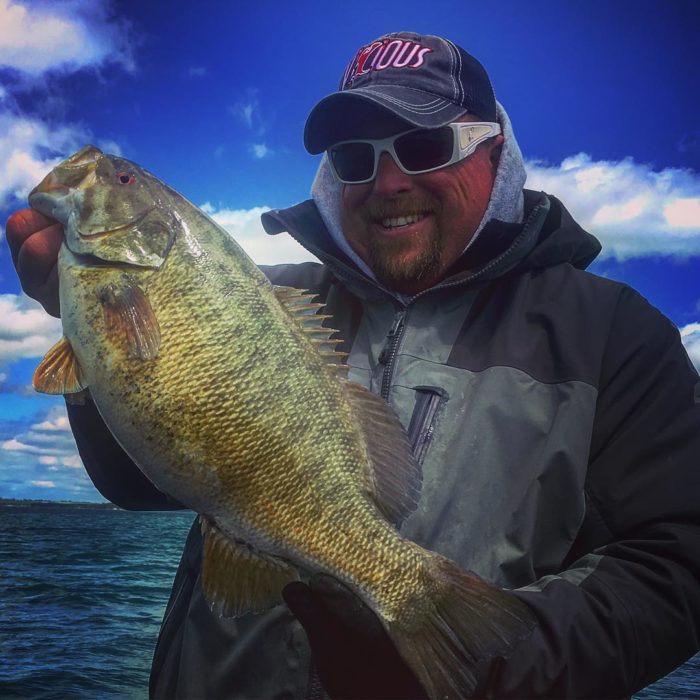
Four Baits to Fool Early Season Smallmouth
- Once fish are found on his graph, Noffsinger will offer them a variety of baits. “As soon as the ice is off, a Blitz Bladz is hard to beat. I will back my boat away from the fish and cast towards them.” After the bait lowers to the desired depth, he gives it a hopping motion. He uses 12-pound test Vicious Pro Elite Fluorocarbon fishing line.
- With 6-pound test line, he will drop tube baits filled with a 5/16 or ⅜ ounce leadhead weight. He confesses, “I like a smaller tube than most. The tubes I use are only 2 ¾ inches long.” With the aid of his graph and the Spot Lock on his MotorGuide Xi5 trolling motor, he lowers his tube directly to the fish, and then varies his action until a fish reacts to it.
- A drop shot rig armed with a Strike King Half Shell or a lil thumper worm and a 12-inch lead is a great alternative to the tube, “Some days they bite one bait or the other, while some days they both work.”
- A third option is a lightweight hair jig. He contends that a hair jig is a real killer of a bait for smallmouth. Noffsinger matches this lightweight bait up with 4-pound test line, a G-Loomis 901S rod, and a Shimano Stradic CF4+ reel. He then fishes it the same way as the drop shot and tube.
Water Temperature for Smallmouth Bass
It does not matter what the water temperature is, because smallmouth feed year round. And when the temperature is still cold, even in the 30’s, they are going to be bunched up. While not important as far as catching fish, location is influenced by the degree. Once the temperature gets into the 50’s, the fish come up shallow to prepare for the spawn. At this time, they are often aggressively feeding and can be caught on tubes, jerkbaits, and shallow crankbaits.
So don’t waste time, make haste. Equip your boat with the Megaware products that protect it, then load up on early season smallmouth bass with these expert tips.

ANDREW BUSS
Andrew Buss resides with his family in the great state of Indiana. When he’s not fishing, creating YouTube videos or running the R&B Bass Circuit, he poses as a school teacher. If you’d like to see more from the #hunteroffish check out his social media channels.

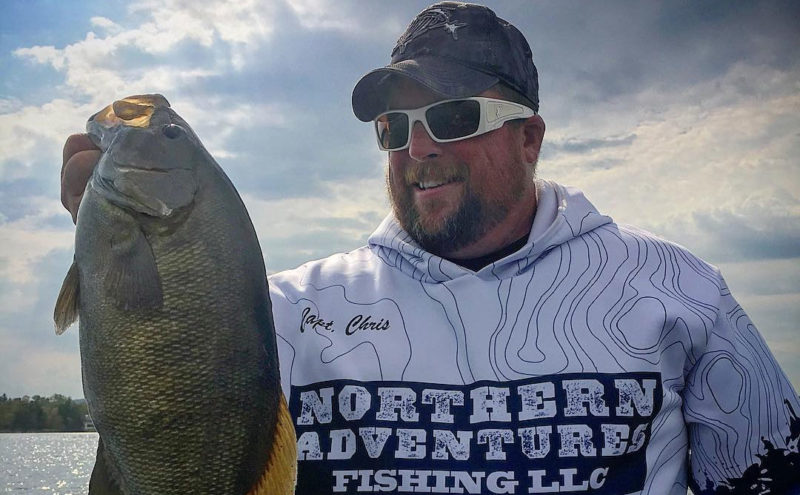
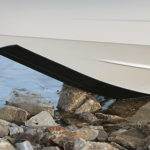

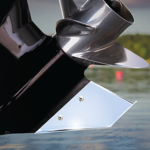

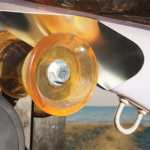
Comments